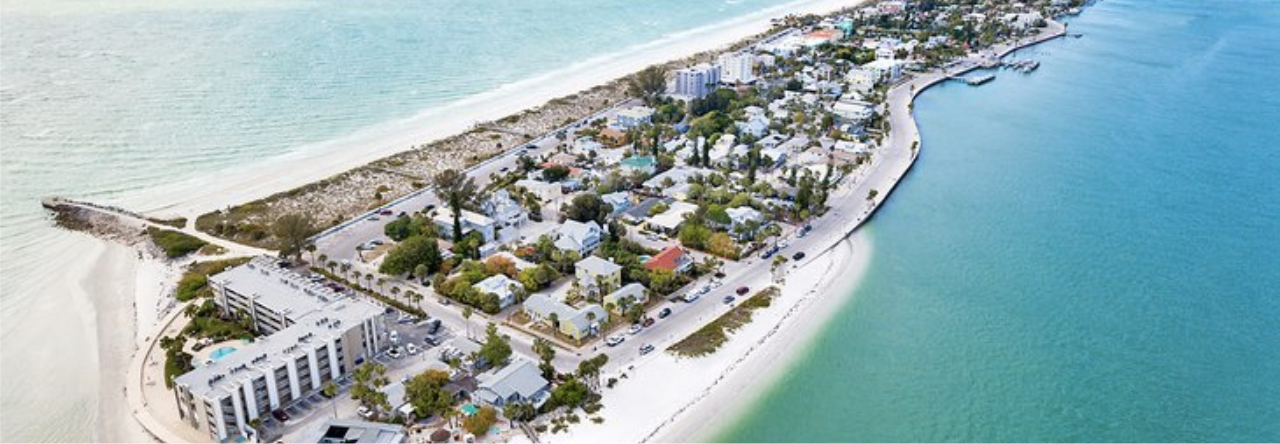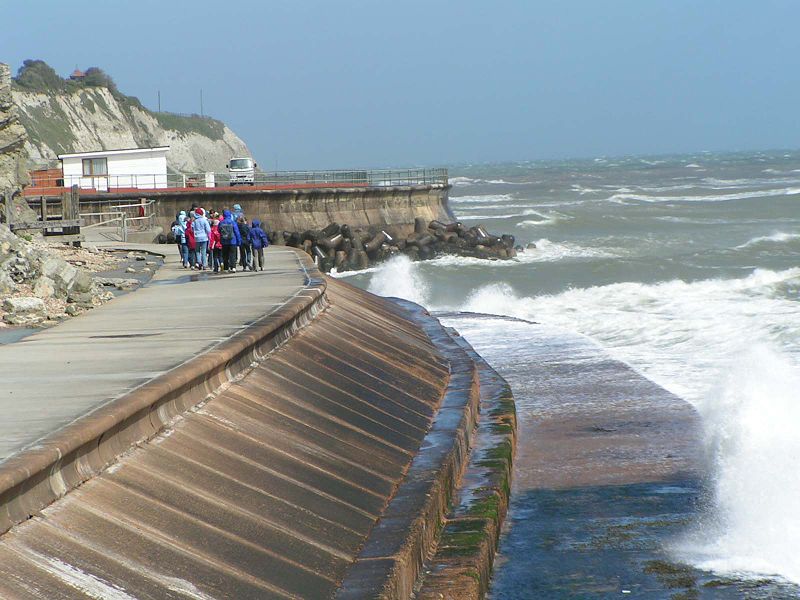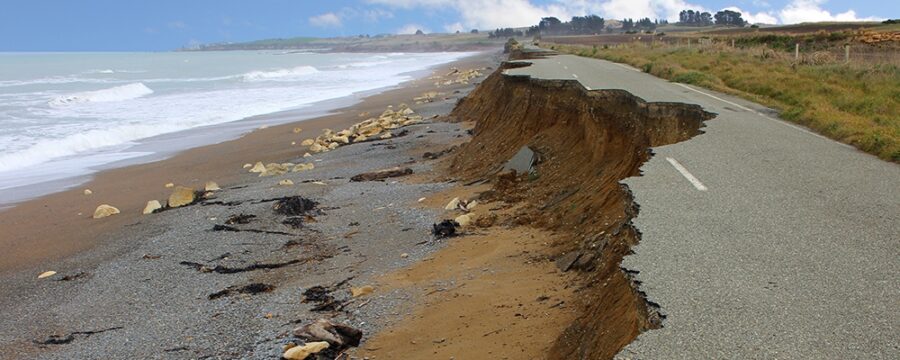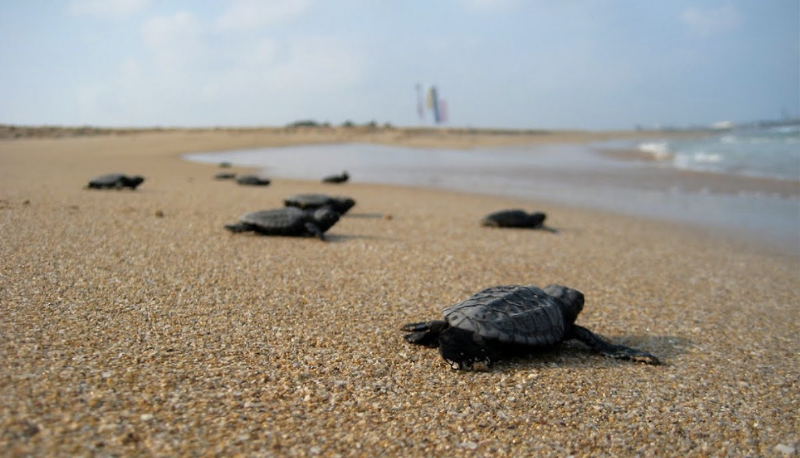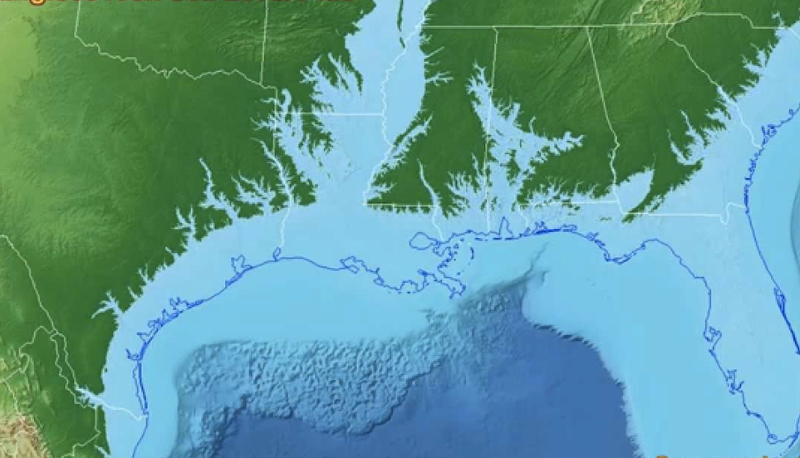The Effect of Rising Sea Levels on the Gulf Coast
Reports have recently indicated a worrying trend that has exposed the vast and extensive effects of rising sea levels, especially on the gulf coast. While there are global efforts to mitigate this worrying trend, it is as well projected that these effects will continue to affect coastal regions considering the fact that there has been a significant rise in populations occupying these coastal regions. We delve into the drastic effects of rising sea levels on the gulf coast and what it means.
The rising sea level on the gulf coast
Over the last few decades, the gulf coast has witnessed the direct implications of having the world’s water levels rise majorly due to global warming. Atmospheric temperatures, as well as the rising temperatures of the world’s core, have inevitably caused arctic ice to melt and subsequently raise the sea levels. This has triggered a chain reaction that has not only brought catastrophic damages to millions of people settling around the gulf coast but has as well negatively impacted the marine ecosystem.
What can be done about it?
There has been a global concern regarding the long-term consequences of rising sea levels on the gulf coast. This has necessitated the various efforts undertaken by the relevant authorities, governments, and even lawyers worldwide to mitigate the effects of rising sea levels while ensuring no further damage. These efforts include both artificial and natural solutions that help protect marine life while as well shielding populations from these effects. One artificial way this is being done is by creating a physical barrier that serves to protect coastline inhabitants from rising sea levels and the damaging nature of its long-term impact.
Counteracting the effects of rising sea levels on the gulf coast helps prevent natural catastrophes such as flooding and damaging erosion, which affect both human livelihoods in their millions as well as marine life in its sustained existence. Human and marine life exists on a correlation basis where marine life sustains the natural resources it provides. In contrast, humans play their part in helping protect these resources from depletion or damage. This allows this correlation to yield generational benefits, such as economic benefits, which are realized within and beyond the gulf coast.
Its effects the rest of the world
The large and growing population around the gulf coast is testimony to the importance this region has to the rest of the world. Millions of people have built their entire livelihoods around what the gulf coast has to offer economically. This does damage to these regions of a significant impact on the rest of the world as its profound economic value contributes an immeasurable chunk to the world’s economy at large.
Conclusion
Rising sea levels on the gulf coast is a huge concern to the long-term well-being of the earth’s future and its inhabitants. Constant and sustained efforts to mitigate its impact are both necessary and vital if the adverse consequences that come with it are to be kept at an absolute minimum.
